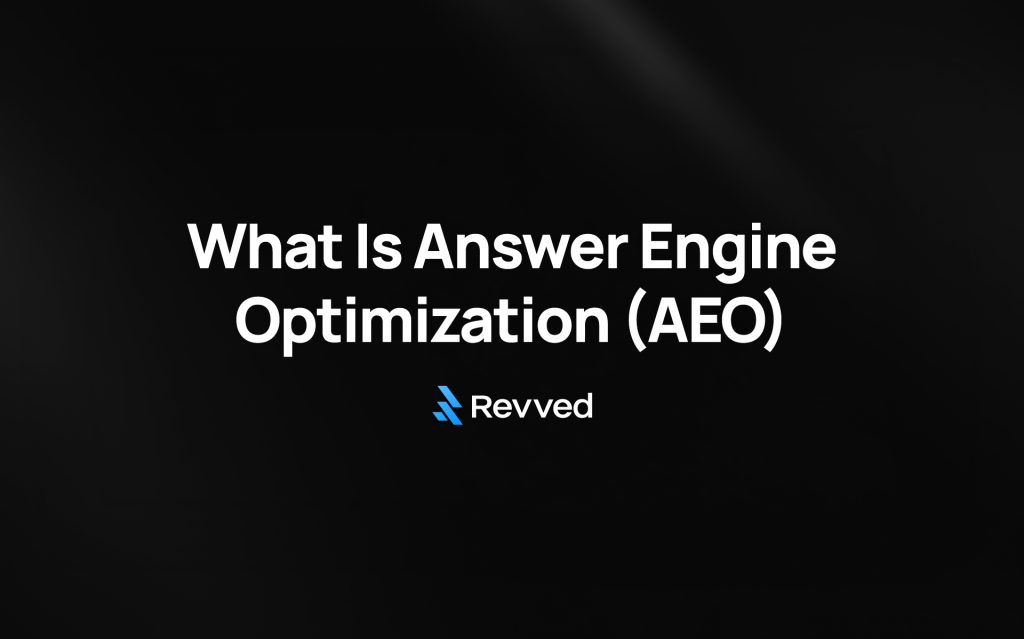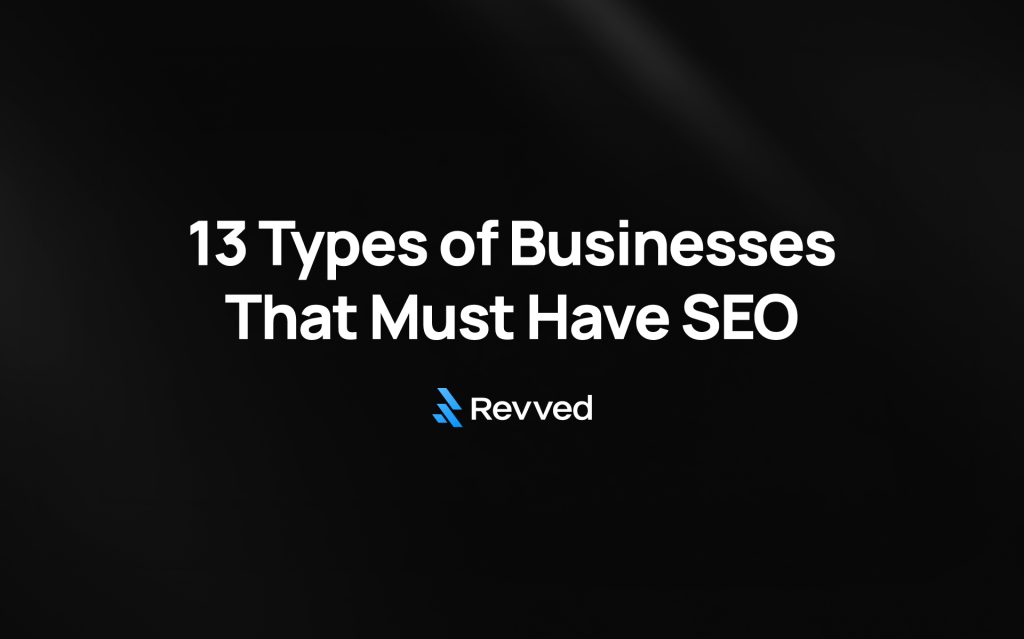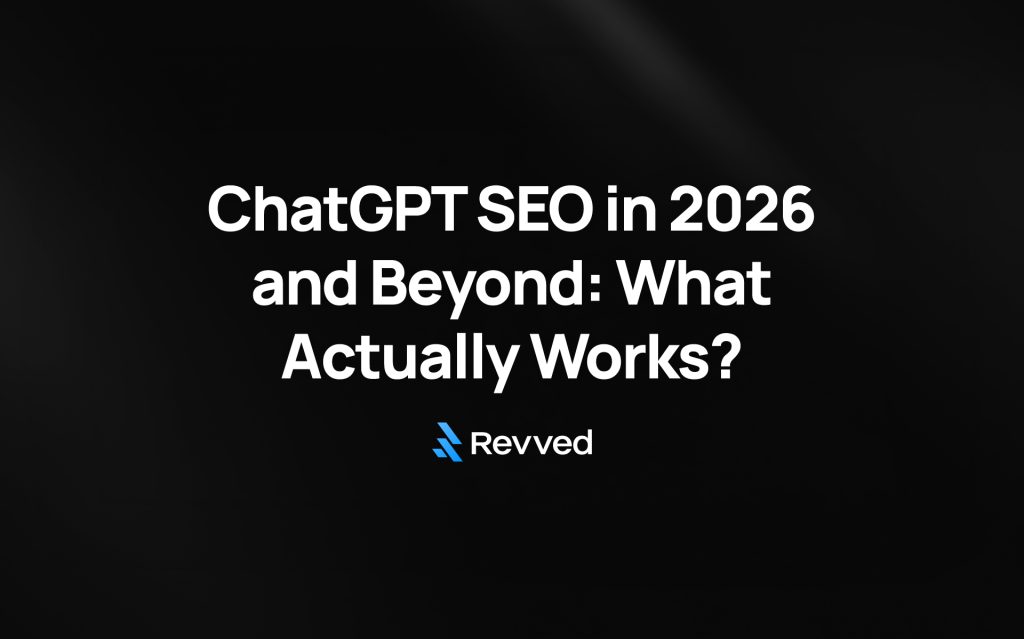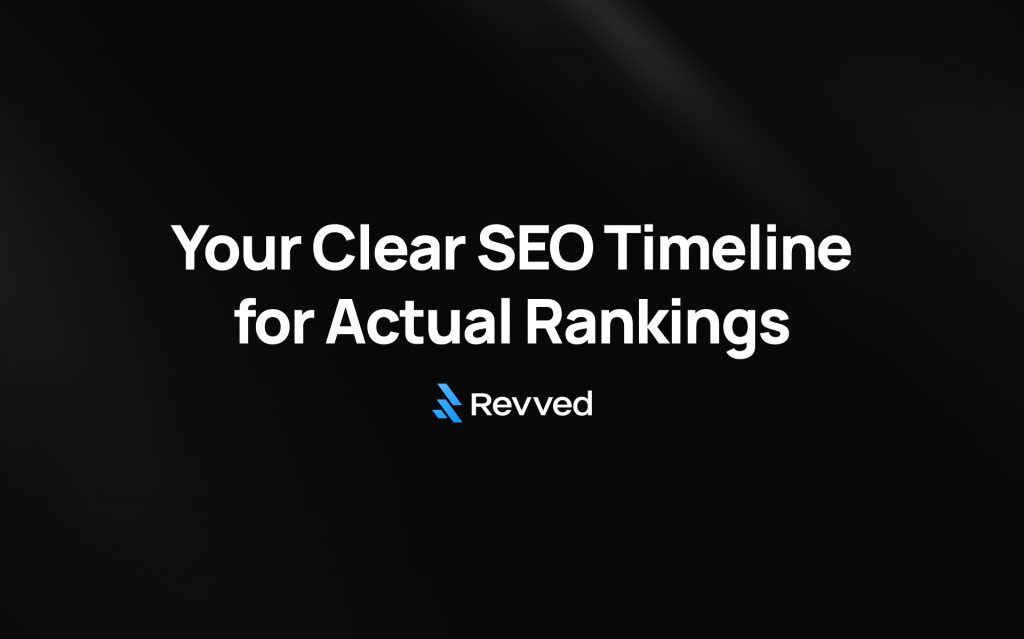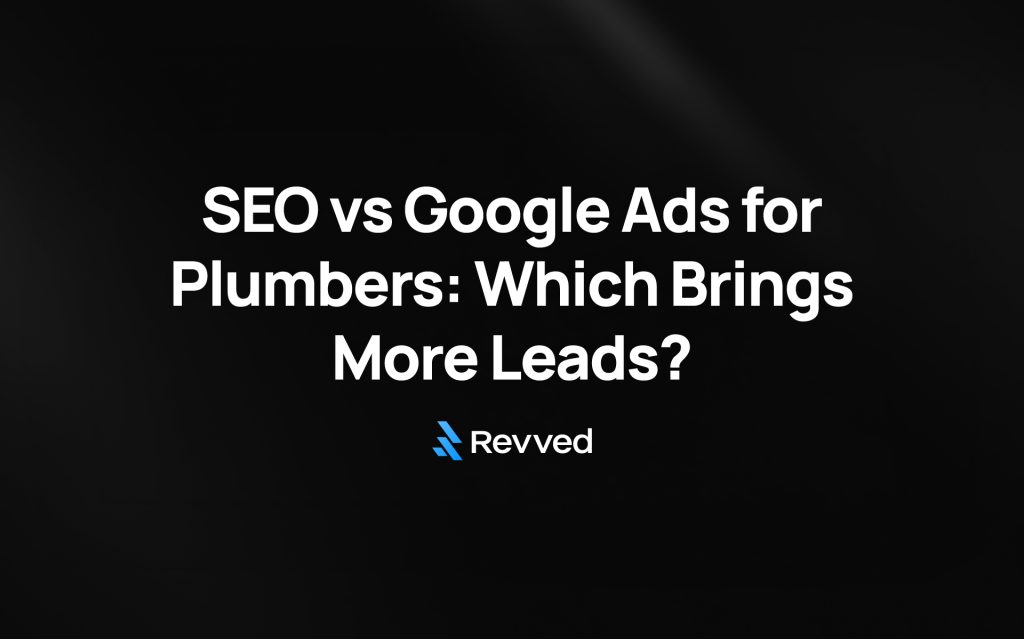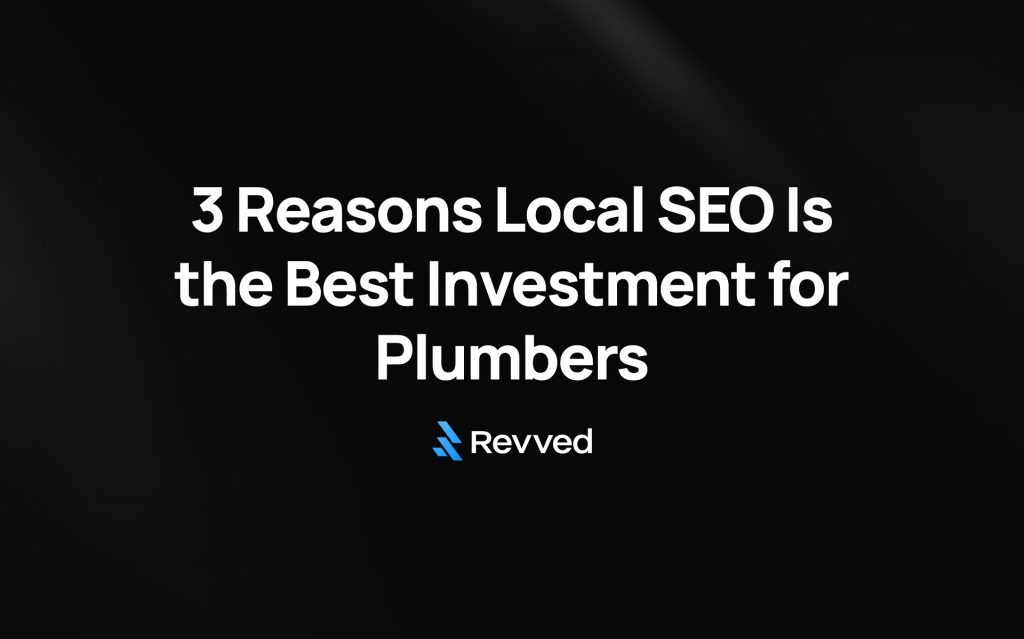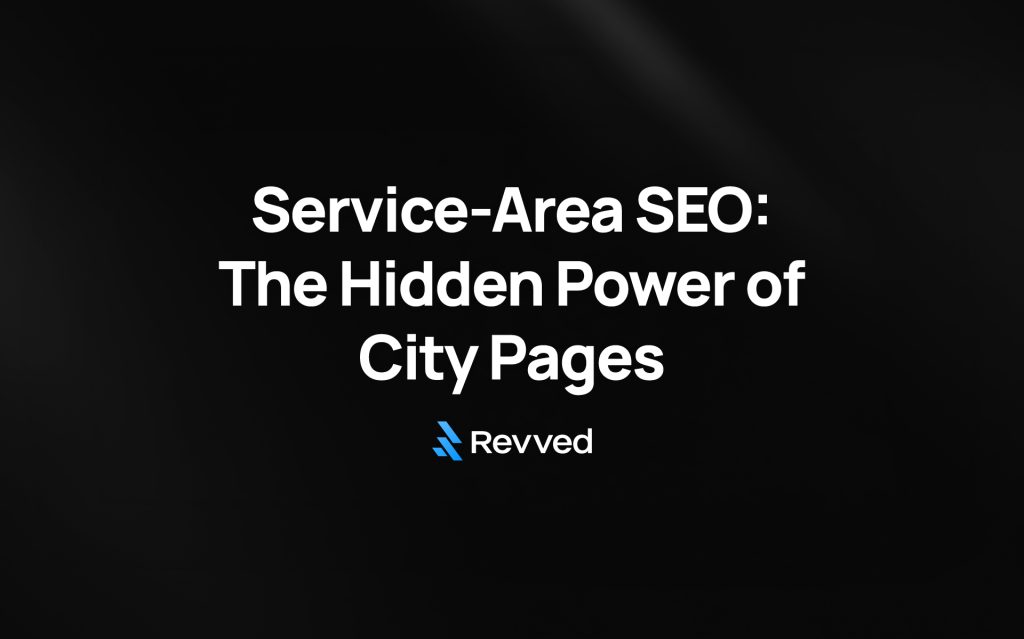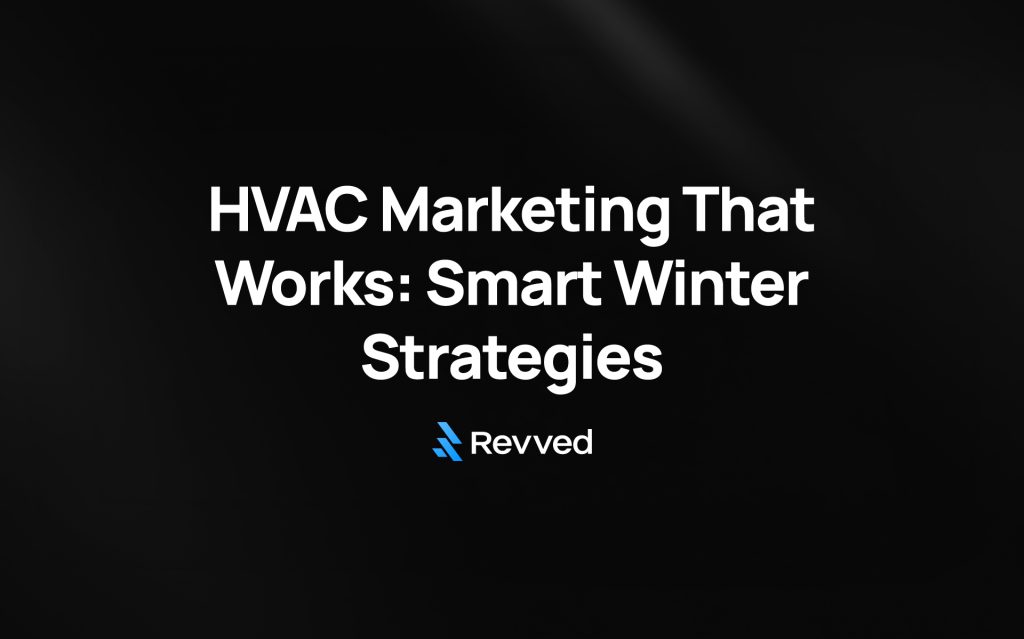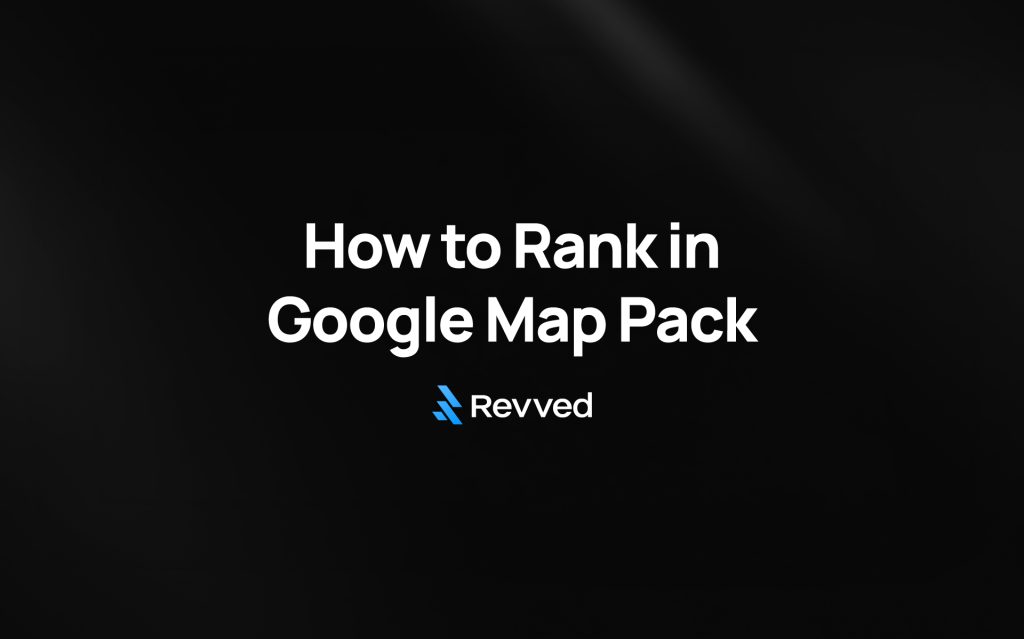The numbers are staggering – ChatGPT reached 5.14 billion total visits in April 2025, showing a massive 182% increase from the previous year. Answer engine optimization has evolved from a specialized concept into a vital strategy as users change the way they search online.
The data tells an interesting story. Google sees more than 65% of queries ending without clicks. AI Overviews have caused a 15.5% decrease in traditional organic click-through rates. AEO helps structure your content so large language models like ChatGPT can understand, reference, and recommend your brand when users ask questions. AEO is different from traditional SEO because it focuses on short, structured formats like FAQs and schema markup instead of long-form, keyword-rich content.
Your business visibility in 2025 depends on AEO across Google AI Overviews, Bing Copilot, ChatGPT Search, Perplexity, and voice assistants. These ChatGPT-style experiences convert up to nine times better than traditional search. Gartner’s projections show that by 2026, traditional search engine volume will drop 25% as AI chatbots and answer engines handle more queries.
This piece will show you how to adapt your content strategy for this new search transformation. You’ll learn effective AEO techniques and understand why these strategies are the foundations of digital visibility in 2025 and beyond.
What Is Answer Engine Optimization (AEO) and How It Differs from SEO
Answer engine optimization shows a radical alteration in content structuring for AI-powered search platforms. Traditional search results display links for users to click through, while answer engines want to deliver direct, blended responses to user queries.
Definition of AEO in the Context of AI Search
Answer engine optimization (AEO) helps content get cited by AI platforms like ChatGPT, Google AI Overviews, Perplexity, and Bing Copilot. The main goal ensures your brand becomes easy to find, trusted, and referenced within AI-generated responses—even when no clickable results appear. This method structures information clearly and ensures factual accuracy that directly addresses questions your audience might ask.
Why AEO Is Not Replacing SEO but Developing It
These differences show that AEO builds upon SEO fundamentals rather than replacing them. Many technical SEO signals like domain authority and detailed content coverage boost your chances of appearing in AI-generated answers. Sites with strong SEO performance often become preferred sources for AI answers.
AEO marks search’s latest chapter—not its replacement. It represents a development that helps your content stay visible as users move toward conversational queries and AI-driven search experiences. All the same, both approaches want to increase online visibility and satisfy user needs, making them complementary strategies in your digital marketing toolkit.
Why AEO Matters for Search Visibility in 2025
The digital world of 2025 looks completely different now. Traditional search visibility metrics have gone through a complete transformation. AI-powered platforms are gaining momentum, and understanding answer engine optimization is vital to maintain a strong digital presence.
Impact of AI Answer Engines like ChatGPT and Perplexity
AI answer engines have altered the map of user search behavior. ChatGPT’s traffic has exploded with a 182% year-over-year increase to 5.14 billion total visits in April 2025. Perplexity has grown its user base to 15 million monthly users. These platforms do more than just redirect users to websites – they give complete answers that change how people find information. Research shows that 40-70% of LLM users now depend on these platforms to research, understand news, and get shopping recommendations.
Zero-Click Search and Decline in Organic CTR
The numbers paint a worrying picture for businesses. The organic click-through rates have taken a big hit. The top position’s CTR has dropped by 32%, falling from 28% in 2024 to 19% in 2025. Keywords that trigger AI Overviews see their CTR drop by 15.49% on average. Google searches now end without clicks 60% of the time. This number jumps to 92-94% when users participate in AI Mode answers.
Voice Search and Mobile-First Behavior Trends
Voice search has revolutionized user behavior. Half of all online searches will likely be voice-based. Mobile searches lead the way at 58%. Voice-based queries tend to be longer and more conversational than typed ones. People with voice-activated devices have made them part of their daily lives – 72% use them regularly.
How AEO Supports Local Business Discovery
Local businesses can benefit greatly from AEO. Google’s AI Mode seems to favor local business information even when users search for non-local topics. People who look up nearby businesses on their smartphones often visit them quickly – 76% do so within a day. On top of that, 22% of voice search queries focus on local content. This makes AEO a vital strategy to improve regional visibility.
How to Do Answer Engine Optimization Effectively
Your content needs a systematic approach to earn more visibility in AI search results. This means focusing on structure, authority, and what users want. Here are some practical ways to make your content stand out in AI searches.
Using Structured Data: FAQ, HowTo, and Product Schema
Schema markup creates a connection between your content and AI systems. It provides machine-readable data that makes context and hierarchy clear. Success with AEO depends on:

Enter your website below to start your proposal request!
- FAQPage schema for question-answer content, especially for government and health sites
- HowTo schema for step-by-step guides and instructions
- Product schema for ecommerce listings and comparisons
Search engines prefer JSON-LD format because it’s easier to use across templates. Good schema implementation helps your content show up better in search results and makes it more likely to appear in voice search and AI assistant responses.
Creating Topic Clusters for Contextual Authority
Both answer engines and traditional search recognize topic clusters as signals of content authority and relevance. This structure has:
- A central pillar page that covers a broad topic completely
- Multiple cluster pages about specific subtopics
- Strategic internal linking that connects related content
This creates a content ecosystem showing your expertise in a specific area. A pillar page about “Digital Marketing” might connect to cluster pages about “SEO Basics,” “Social Media Strategies,” and “Content Marketing Tips”.
Optimizing for Conversational Queries and Long-Tail Keywords
AI assistants work well with long-tail keywords – specific search queries that have less competition. These keywords often match how people talk during voice searches, making them crucial for AEO.
Question-based keywords that sound natural work best. You can find these conversational queries using tools like AnswerThePublic, SEMrush’s Topic Research, and Google’s “People Also Ask”. Long-tail keywords also tend to convert better because they match specific user needs.
Building E-E-A-T: Expertise, Experience, Authority, Trust
Google uses E-E-A-T (Experience, Expertise, Authoritativeness, and Trustworthiness) to check content quality. Trust becomes even more important for AEO since it determines which answer gets featured.
You can build E-E-A-T by:
- Showing your first-hand experience with the topic
- Displaying author credentials and qualifications
- Growing your reputation through citations and media coverage
- Making sure content is accurate, transparent, and dependable
Companies that focus on E-E-A-T have seen their organic traffic grow 30-40% after Google Core updates.
Answer-First Formatting: 50–100 Word Summaries
Content that gives answers in 40–60 words or 3–5 item lists often gets featured snippets. Structure your content with:
- Question-based headings that match real searches
- Direct answers right below each heading
- Supporting details after the quick answer
This approach helps AI understand both the quick answer and bigger picture. Short paragraphs, bullet points, and comparison tables make content easier to scan for humans and machines.
Tools for AEO: SEMAI, Profound, and Audit Reports
These specialized tools can help track and improve your AEO:
SEMAI looks at content features like FAQs, structure, intent matching, and snippet readiness. It gives specific tips to improve AI visibility and scores eight key AEO factors.
Profound shows why certain brands appear in AI answers by analyzing industry mentions.
Audit reports track your mentions across language models and suggest practical ways to improve visibility and citation rates.
Using these techniques consistently will help your content stand out in the changing digital world of AI-powered search.
Emerging AEO Trends That Will Shape 2025 and Beyond
Answer engine technology is advancing faster, and several key trends will alter the digital world beyond 2025.
LLM Optimization for ChatGPT and Gemini
Large language model optimization is a vital component as ChatGPT and Gemini revolutionize how we find information. ChatGPT’s user base among U.S. adults has reached 34%, which is twice the number since 2023. AI chatbots have completely replaced traditional search engines for 27% of Americans. The optimization process for these platforms differs from conventional SEO and needs conversational formatting with clear citation structures.
Hyper-Personalized Answers Based on User Context
AI platforms deliver customized responses based on user’s history and priorities throughout 2025. Content must answer questions clearly and address specific needs of various audience segments because of this change toward contextual relevance. Creating persona-specific versions with tailored solutions has become essential for visibility, going beyond simple job title substitutions.
Real-Time Content Auditing and Performance Tracking
AI systems change weekly, making static content audits obsolete. Citation volatility shows substantial fluctuation—Google AI Overviews have a 59.3% monthly change rate in citations, ChatGPT 54.1%, Microsoft Copilot 53.4%, and Perplexity 40.5%. Tools like SEMAI provide immediate scoring across key AEO metrics and suggest improvements.
AI-Powered Content Discovery and Brand Mentions
Agentic AI marks the next phase—systems that assess data independently without human intervention. AI search becomes more proactive and provides answers before users ask questions. Most LLM citations happen within 2-3 days of publishing, which creates a narrow citation window.
Regulatory Push for AI Citation Transparency
Regulatory frameworks now tackle AI transparency. The Generative AI Copyright Disclosure Act requires AI companies to disclose all copyrighted materials used in training datasets. Companies face financial penalties for non-compliance, which points to greater accountability in AI-powered search.
Conclusion
AI-powered search platforms are transforming online discovery, and answer engine optimization has become a natural progression of traditional SEO practices rather than replacing it. The rise of zero-click searches and declining organic click-through rates shows why businesses should adapt their content strategies.
Your digital visibility largely depends on how your content serves AI platforms like ChatGPT, Google AI Overviews, and Perplexity. You can position your brand for success in this new search world by implementing structured data, creating detailed topic clusters, optimizing for conversational queries, building strong E-E-A-T signals, and adopting answer-first formatting.
On top of that, keeping up with trends like LLM optimization, hyper-personalized answers, and real-time content auditing will become vital beyond 2025. These technologies progress rapidly, and your AEO strategy must adapt to new developments.
The search world has changed fundamentally. In spite of that, businesses that adopt these changes can achieve conversion rates nine times better than traditional search while they retain visibility as users move toward AI-driven experiences.
AEO offers a unique chance for innovative businesses, particularly those in local markets. The transition might seem daunting, but increased brand visibility, customer participation, and competitive edge make it worth investing in your digital marketing strategy.
Note that AEO builds on SEO fundamentals while expanding your content’s reach to new platforms and formats. Your business can excel in both traditional search results and AI-powered answer engines when you apply these principles consistently.



